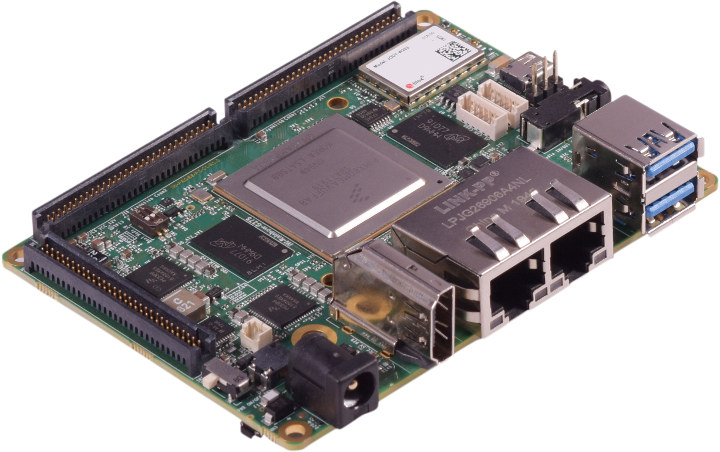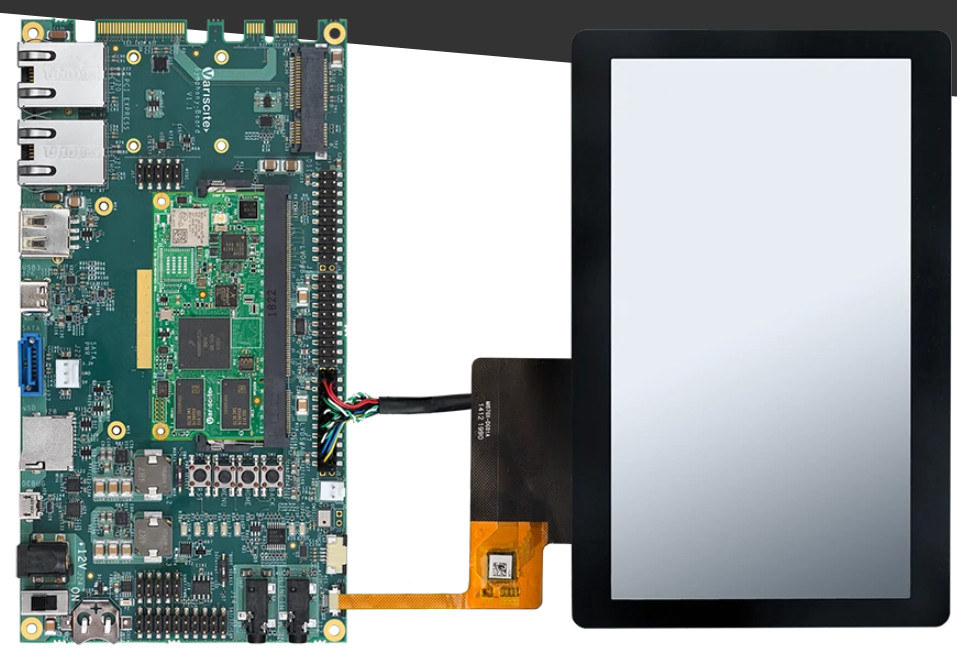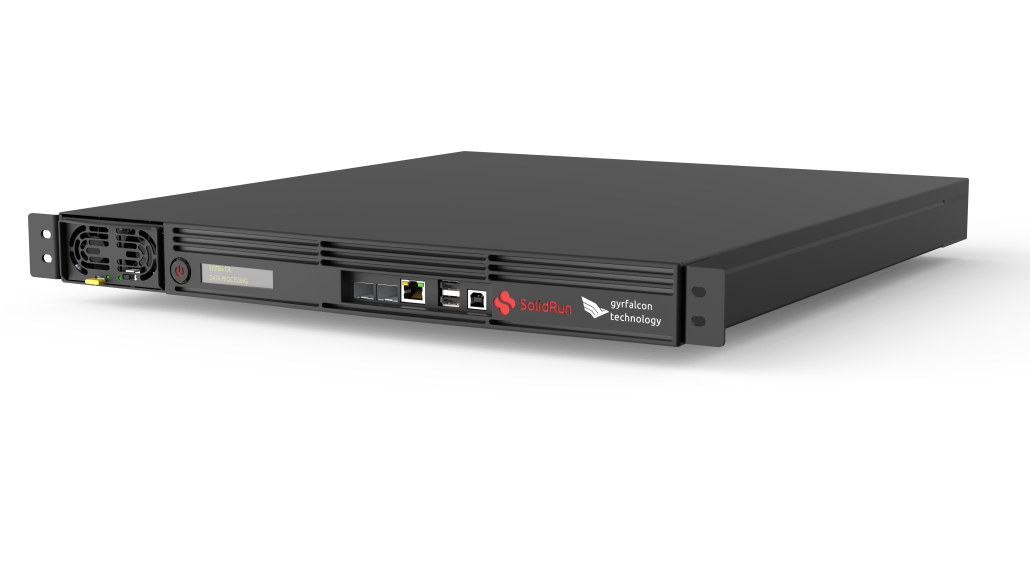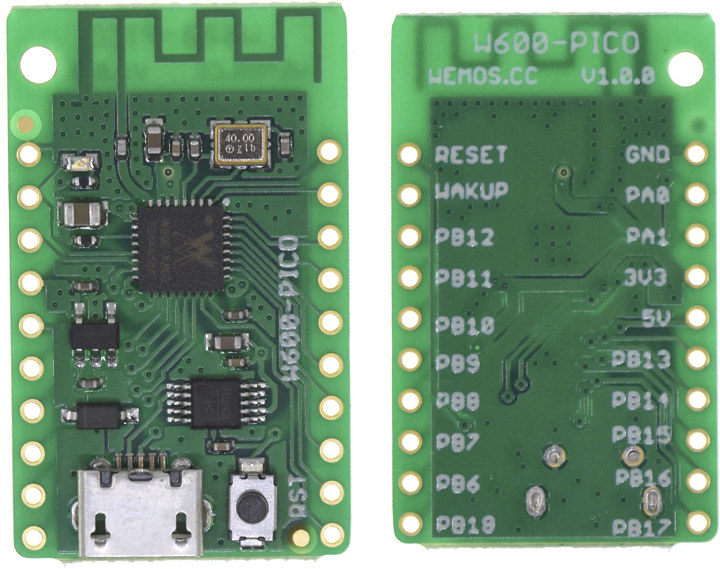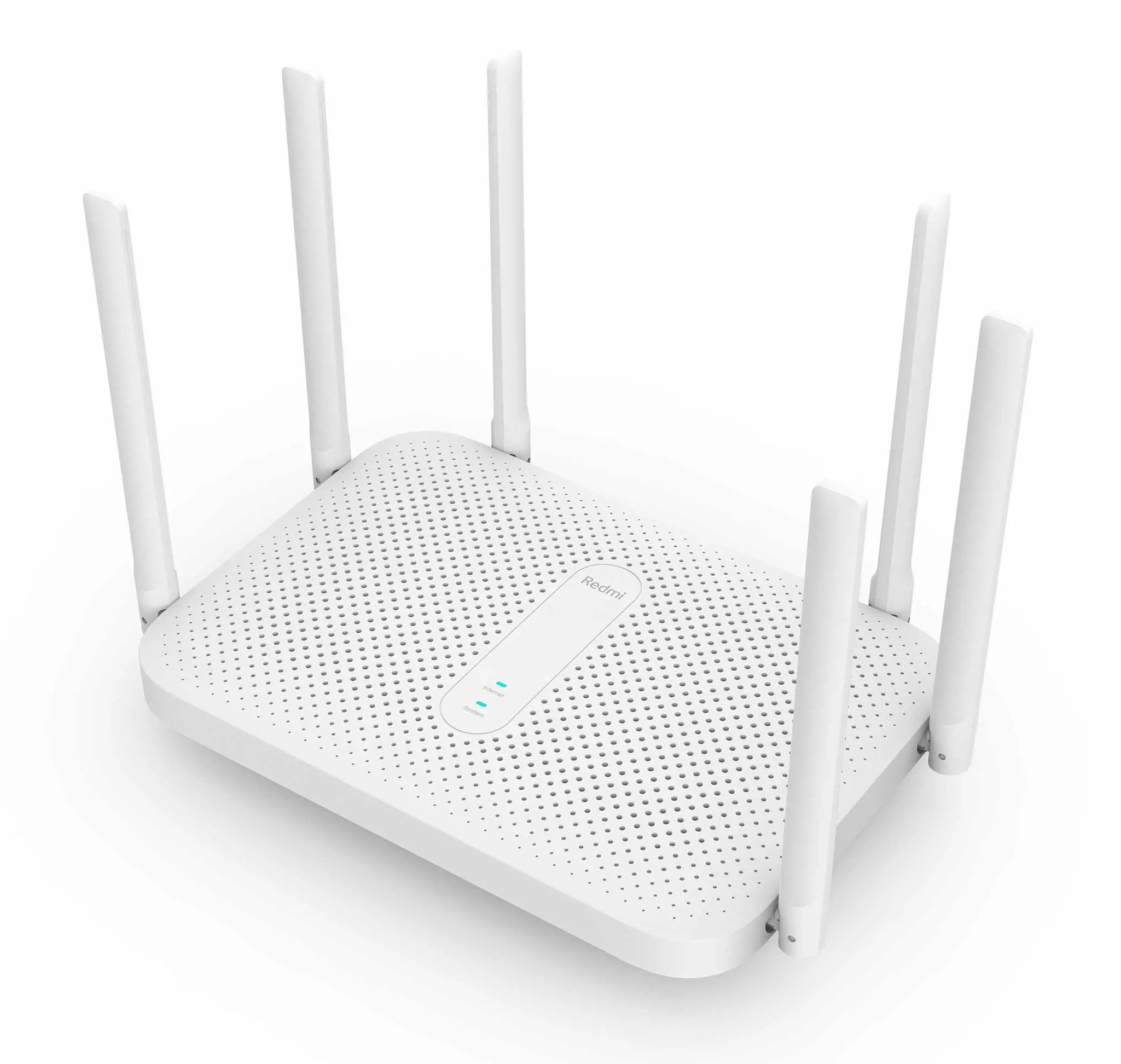OpenWrt is a popular Linux operating system targeting embedded devices, usually routers (but not only), and serves as a complete replacement for the vendor-supplied firmware on supported devices. The developers released OpenWrt 19.07 on January 6, to succeed OpenWrt 18.06 the previous stable release. The new version brings various improvements including WPA3 support, client-side rendering of the LuCI web interface for faster rendering or a lower-load on the router, and introduces the ath79 target for MIPS routers with device tree support. While WPA3 WiFi security is part of OpenWrt 19.07, it is not enabled by default because the necessary packages hostapd-openssl (access point), wpa-supplicant-openssl (station support only) and wpad-openssl (AP + station) take a fair amount of space, and won’t fit on devices with 8MB flash or less. Another reason for not enabling WPA3 is that many existing client devices will never support WPA3, and some client devices that support […]
iWave Systems Launches NXP i.MX 8QuadMax / i.MX 8QuadPlus SBC
NXP i.MX 8 series family offers plenty of options from the i.MX 8X Cortex-A35 processor to i.MX 8QuadMax octa-core processor with two Arm Cortex-A72, four Arm Cortex-A53, and two Arm Cortex-M4F cores. We already covered plenty of i.MX 8 hardware on CNX Software, including a fair amount of i.MX 8QuadMax systems-on-module such as Toradex Apalis iMX8, iWave Systems iW-RainboW-G27M SMARC 2.0 SoM, Advantech ROM-7720 Qseven 2.1 computer-on-module, and others. But for some unknown reasons, there haven’t been that many i.MX 8QuadMax single board computer, and AFAICR we only wrote about Seco SBC-C43 board so far. But there’s now another option thanks to iWave Systems iW-Rainbow-G27S Pico-ITX SBC equipped with a choice of i.MX 8QuadMax or i.MX 8QuadPlus processor and up to 8GB RAM. iW-Rainbow-G27S specifications: SoC (one or the other)— NXP i.MX8 with VPU and HiFi4 DSP: NXP i.MX 8QuadMax with 2x Cortex-A72 cores, 4x Cortex-A53 cores, 2x Cortex-M4F real-time […]
MediaTek Helio G70 & Helio G70T Processors Targets Mainstream Gaming Smartphones
Announced last summer, MediaTek Helio G90 & Helio G90T processors are specifically designed for gaming on smartphones and ideals for titles such as Fornite, PUBG, or KOG. Both are higher processors with Arm Cortex-A76/A55 cores coupled with an Arm Mali-G76 3EEMC4, but MediaTek has now announced two more cost-effective processors with Helio G70 & Helio G70T SoCs aimed at mid-range/mainstream gaming smartphones. MediaTek Helio G70 specifications: Processor – 2x Arm Cortex-A75 @ 2GHz, 6x Arm Cortex-A55 @ 1.7GHz with “large L3 cache” GPU – Arm Mali-G52 2EEMC2 up to 820MHz Memory – Up to 8GB LPDDR4x @ 1800MHz Storage – eMMC 5.1 flash Display – Up to 2520 x 1080 resolution Video Decode – H.264, H.265 / HEVC, VP-9 up to 2K @ 30 fps, 1080p @ 60 fps Encode – H.264, H.265 / HEVC up to 2K @ 30 fps, 1080p @ 60 fps Camera ISP support 16MP+16MP, or […]
Variscite Introduces i.MX 8M Mini and Nano SoM’s, Symphony Carrier Board
NXP i.MX 8M Mini and i.MX 8M Nano are lower cost and lower power variants of NXP i.M 8M processors manufactured using a 14nm FinFET process, and cutting some features such as HDMI and embedded DisplayPort, or hardware video decoder. NXP i.MX 8M Mini has been announced for over two years, so we’ve already written about many boards and systems-on-module (SoM) including Boardcon EM-IMX8M-MINI SBC, TechNexion XORE LGA SoM, or Congatec conga-SMX8-Mini SMARC 2.0 module among others. NXP i.MX 8M Nano is more recent, and we only covered a few announcements so far namely iWave Systems iW-RainboW-G34M-SM SoM and Conga-SMX8-Nano SMARC 2.0 computer-on-module. There’s now at least a third company working on a “Nano” module with Variscite announcing VAR-SOM-MX8M-NANO SoM together with a “Mini” version called VAR-SOM-MX8M-MINI, and Symphony carrier board and development kits. VAR-SOM-MX8M-MINI & VAR-SOM-MX8M-NANO Modules Both modules are part of Variscite VAR-SOM Pin2Pin family, and share the […]
SolidRun Janux GS31 Edge AI Server Combines NXP LX2160A & i.MX 8M SoCs with 128 Gyrfalcon AI Accelerators
AI inference used to happen exclusively in powerful servers hosted in the cloud, but in recent years great efforts have been made to move inference at the edge, usually meaning on-device, due to much lower latency, and improved privacy. On-device inference works, but obviously, performance is limited, and on battery-operated devices, one also has to consider power consumption. So for some applications, it makes sense to have a local server with much more processing power than devices, and lower latency than the cloud. That’s exactly the use case SolidRun Janux GS31 Edge AI inference server is trying to target using several NXP processors combined with up to 128 Gyrfalcon Lightspeeur SPR2803 AI accelerators Janux GS31 server specifications: CPU Module – CEx7 LX2160A COM Express module with NXP LX2160A 16-core Arm Cortex A72 processor @ 2.0 GHz System Memory – Up to 64GB DDR4 RAM via 2x SO-DIMM sockets “Video” Processors […]
Getting Started with Amlogic NPU on Khadas VIM3/VIM3L
Shenzhen Wesion released the NPU toolkit for Khadas VIM3/VIM3L last November, so I decided to try the latest Ubuntu 18.04 image and the NPU toolkit on Khadas VIM3L, before switching to VIM3 for reasons I’ll explain below. I’ve followed two tutorials from the forum and wiki to run pre-built samples and then building a firmware image and samples from source. Khadas VIM3L and VIM3 Have Different & Optional NPUs This will be obvious to anyone who read the specs for Khadas VIM3 and VIM3L that the former comes with a 5 TOPS NPU, while the one in the latter only delivers up to 1.2 TOPS. But somehow, I forgot about this, and assume both had the same NPU making VIM3L more attractive but this type of task, Obviously I was wrong. But the real reason I stopped using Khadas VIM3L can be seen in the photo below. My board is […]
$2 Wemos W600-PICO WiFi IoT Board Ships with MicroPython Firmware
Wemos has designed some great WiFi IoT boards over the last few years with products like Wemos D1 mini or Lolin32 based on Espressif Systems ESP8266 and ESP32 processors respectively. But the company has recently launched its cheapest board ever, with W600-PICO board going for just $2.10 + shipping. The board is based on Winner Micro W600 Arm Cortex-M3 WiSoC, and comes pre-loaded with MicroPython firmware. Wemos W600-PICO V1.0.0 specifications: SoC – Winner Micro W600 Arm Cortex-M3 MCU @ 80MHz with 1MB Flash Wireless Connectivity – 2.4GHz 802.11 b/g/n WiFi 4 up to 150 Mbps USB – 1x Micro USB port for power and programming (via CH340 USB to TTL chip) Expansion – 2x 10-pin headers with 15x GPIO, 9x PWM, 1x I2C, 1x SPI, 1x UART, Wake Up, Reset, 5V, 3.3V, and GND signals; 3.3V I/O voltage. Misc – Reset button Power Supply – 5V via micro USB port […]
Xiaomi Redmi AC2100 Router Sells for $35 and Up
Xiaomi has launched several affordable WiFi routers over the years. Their latest model is called Xiaomi Redmi AC2100 Router and comes with a dual-core, quad-thread MIPS processor, 128MB storage, WiFi 5 with 6 antennas, and four Gigabit Ethernet ports. Xiaomi Redmi AC2100 router specifications: Processor – MediaTek MT7621A dual-core/quad-thread MIPS processor @ 880MHz System Memory – 128MB RAM Storage – 128MB flash Connectivity Wireless 2.4GHz 2×2 Wi-F 802.11n @ 300Mbps 5G 4×4 WiFi 802.11ac @ 1733Mbps 6x external high gain (5dBi) antennas Security – WPA-PSK / WPA2-PSK encryption, wireless access control (black and white list), hidden SSID, intelligent anti-scratch network Ethernet 1x 10/100/1000Mbps WAN (Auto MDI/ MDIX) 3x 10/100/1000Mbps LAN (Auto MDI/ MDIX) Misc – 2x LEDs Indicators (Internet and System), Reset pin hole Power Supply – 12V/2A Dimensions – 259 x 176 x 184mm The router is said to come with MiWiFi firmware based on OpenWrt with “deep customization”, […]



